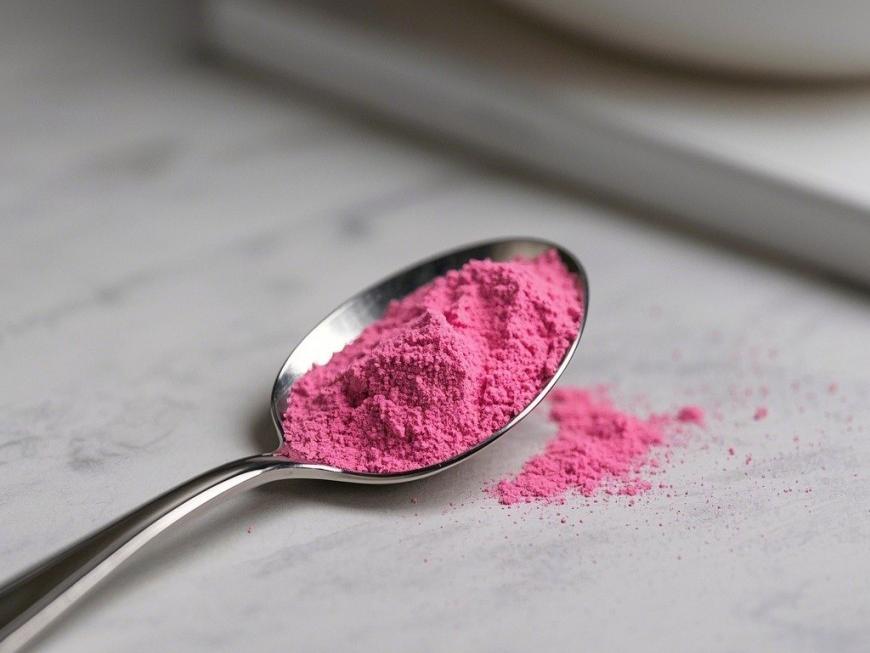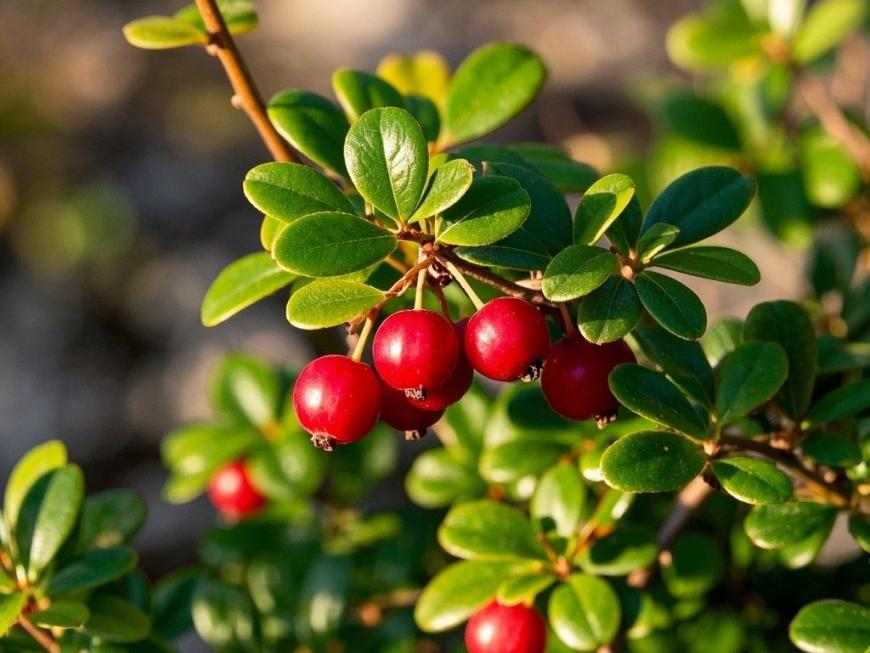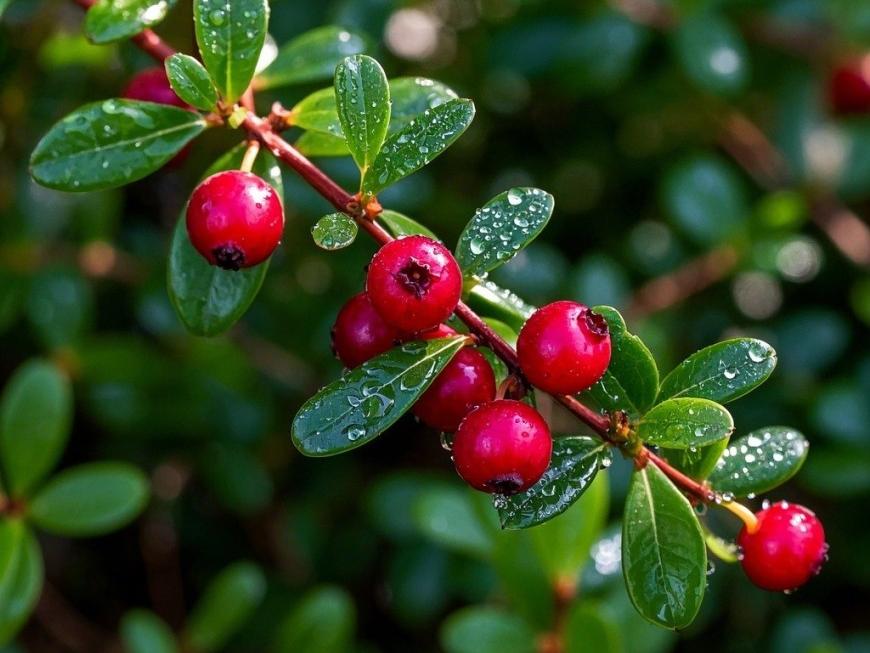Study on the Active Ingredients in Cranberry Extract Powder
Cranberries, are fruits of the genus Vaccinium that grow mainly in cool regions of the Northern Hemisphere in acidic peat soils. They are known as one of the three traditional fruits of North America, along with Concord grapes and blueberries[1]. The fruit of the cranberry is an oval-shaped berry 2 cm to 5 cm long. When ripe, the skin and flesh are bright red. When eaten, they are slightly sweet with a strong acidity. When combined with other foods, they add a refreshing taste. Even after being cooked in various ways, the distinctive bright red color of cranberries does not change, and the taste is enhanced rather than diminished. Cranberries have become an indispensable accompaniment to meals in American and other Western households.
In addition to being delicious, cranberries are also a low-calorie fruit that is rich in dietary fibre, phytochemicals and a variety of vitamins and minerals. They are a veritable treasure trove of healthy nutrients. A large number of physiologically active flavonoids and other phytochemicals can be extracted from cranberries. Most of these substances have antioxidant effects, can resist lipid peroxidation of unsaturated fatty acids in biofilms, protect the structure and function of biofilms, and prevent various degenerative diseases [2]. Recent studies have shown that cranberries have the effect of preventing urinary tract infections, resisting Helicobacter pylori, anti-oxidation, anti-tumor, preventing cardiovascular diseases, etc.[3].
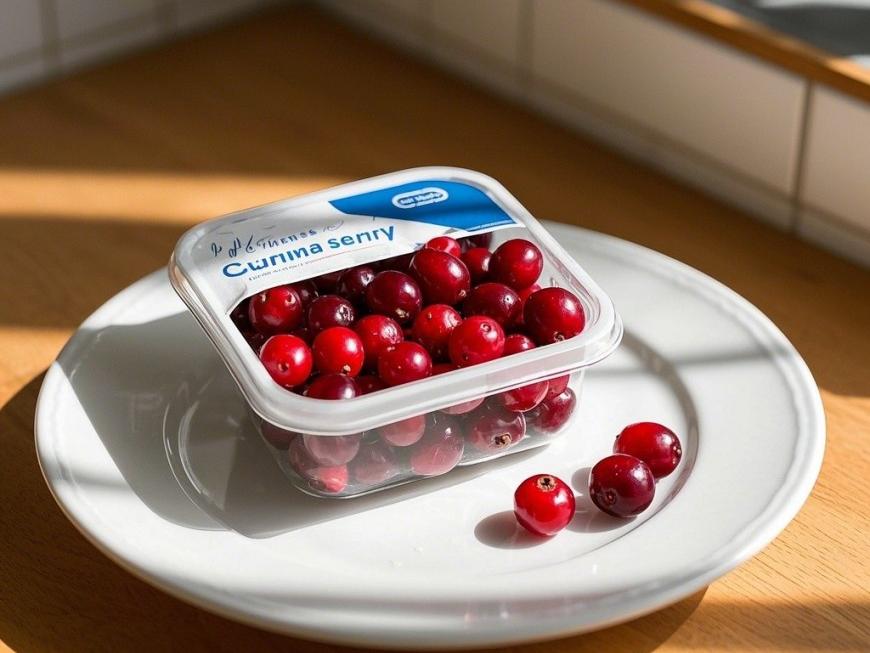
At present, there are many cranberry products, such as juice concentrate, yogurt[4], chewable tablets, capsules, fruit wine, dried fruit, etc., and they are gradually being introduced into the Chinese market. Since cranberries are still in the wild in China, with only some wild species distributed in the northeast and other places, both cultivation and market development, as well as deep processing of raw materials and development of functional foods, are in their infancy. However, due to its unique taste and natural and highly effective antibacterial and health benefits, cranberries and their processed products have great potential for development in China's fruit and vegetable processing industry and in the market. This article reviews the nutritional composition, analytical testing and main physiological functions of cranberry's main bioactive substances based on the latest research results on the nutritional composition and functions of cranberries.
1 Main nutritional and bioactive components of cranberry extract
1.1 Nutrients
The content of carbohydrates, proteins and fats and representative vitamins and minerals in fresh cranberries is shown in Table 1.
As can be seen from Table 1, cranberries are a low-calorie food with high dietary fibre and a variety of vitamins and minerals. Their high content of dietary fibre has the effect of promoting intestinal peristalsis and detoxification, preventing colon cancer and helping to prevent and control diabetes. The abundant vitamin C has the effect of preventing scurvy, acting as an antioxidant, promoting growth and development, strengthening the body and relieving fatigue. In addition, cranberries are high in potassium and low in sodium, making them ideal for people with high blood pressure. They are also rich in vitamin A and beta-carotene, which can prevent vision loss, maintain skin cell function and maintain normal immune system function [6].
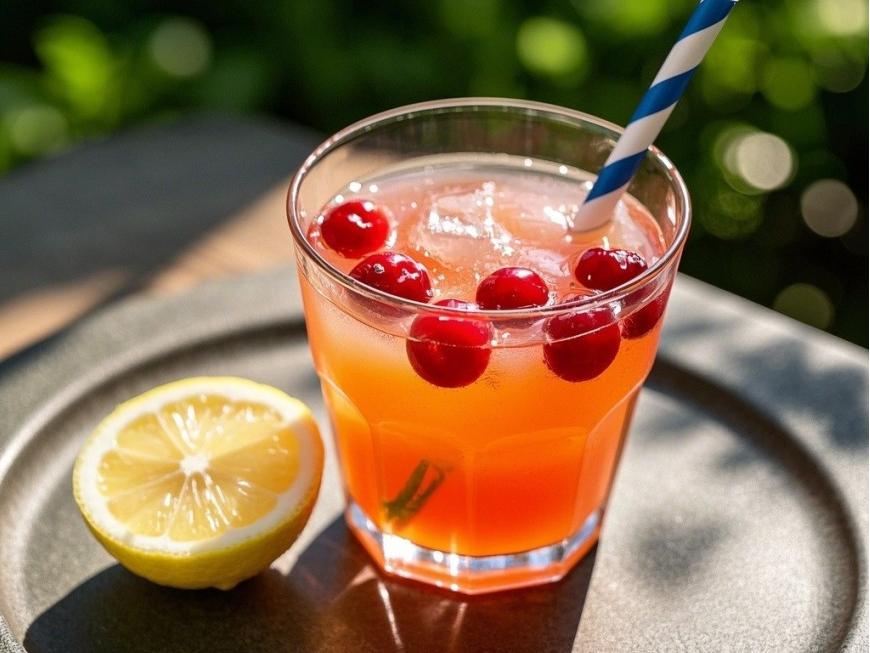
1.2 Active ingredients in cranberry extract
Cranberry extract powder contains a large number of phytochemicals with physiological activity. Most of these substances have antioxidant effects, can resist lipid peroxidation of unsaturated fatty acids in biofilms, protect the structure and function of biofilms, and prevent various degenerative diseases such as aging and tumors. The main bioactive substances in cranberry extract powder are proanthocyanidins, flavonol substances, phenolic acids, and anthocyanins.
Proanthocyanidins, also known as condensed tannins, are a type of phenolic compound. They are found in cranberries at a concentration of 34.3 mg/100 g and are currently recognised internationally as the most effective natural antioxidant for scavenging free radicals in the human body. Unlike other berries, cranberries contain proanthocyanidins with one or more flavan A bonds. The proanthocyanidins in cranberries are oligomers with 4β→8 and 2β→O→8 bonds (A-type structure), rather than the traditional 4β→8 bonds (B-type structure) (Figure 1). This unique molecular structure allows it to come into contact with the exogenous lectin on the bacterial cilia, and has anti-bacterial adhesion properties [5].
The main flavonol in cranberry extract is 3,5,7,3',4'-pentahydroxyflavone (quercetin), which accounts for about 25 mg/100 g. Because of its good antioxidant activity, it can inhibit the primary oxidation of low-density lipoprotein cholesterol, effectively reduce blood triglyceride levels, help protect against cardiovascular disease and promote cardiovascular health [7]. In addition, quercetin can also inhibit the activity of certain enzymes such as extracellular signal-regulated kinase ERK, protein kinase HKT, survivin, and protein kinase PKC, so that carcinogens cannot be converted into active carcinogenic compounds, thereby exerting a certain anti-cancer effect [8]. In addition, the flavonol substances in cranberries also exist in the form of glycosides, mainly quercetin-3-O-galactoside, which accounts for about 75%, and also contains a small amount of quercetin glucoside, xyloside, rhamnoside, arabinofuranoside and arabinopyranoside.
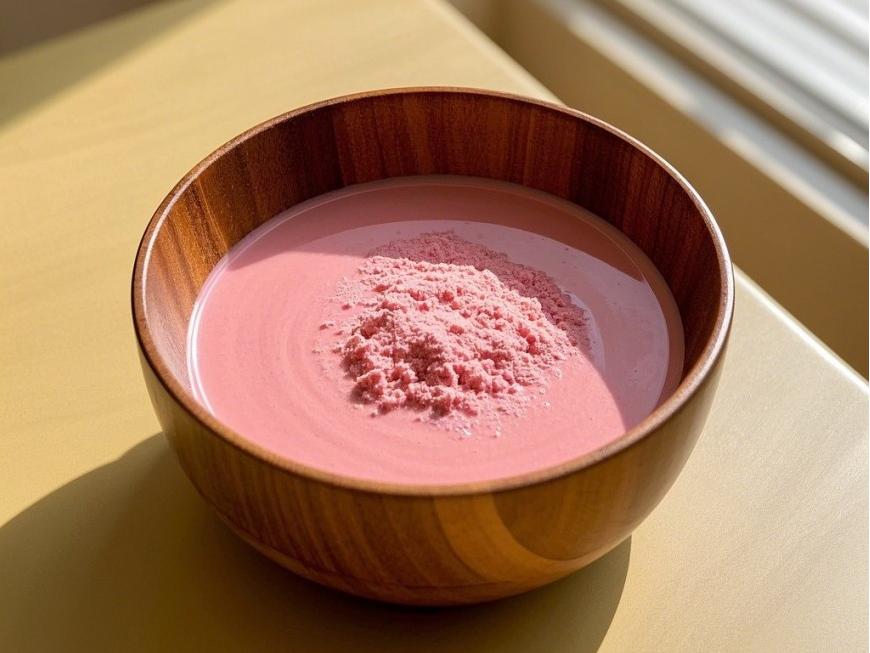
The phenolic acids in cranberry extract mainly include hydroxycinnamic acids and salicylic acid, which are present in free form or embedded in the chemical structure of the polyphenols as the main group of the polyphenol structure. In addition, studies have found that cranberries also contain derivatives of hydroxycinnamic acids, including p-coumaric acid, sinapic acid, and acylated sugar substances such as p-coumaroyl glucose, feruloyl glucose, and caffeoyl glucose.
Anthocyanins are the characteristic dark red pigments in cranberries and are an important quality indicator. The anthocyanins in cranberries are mainly present as galactosides and arabinosides of cyanidin and peonidin. However, small amounts of cyanidin and peonidin 3-O-glucosides, as well as delphinidin 3-O-galactoside and arabinoside, can also be detected in cranberries.
Cranberry extract also contains many other ingredients with potential health benefits and nutritional value, such as pectin, ellagic acid, resveratrol, lignans, ursolic acid, and tocotrienols and w-3 fatty acids. Under the influence of light, heat and oxygen, ellagic acid can polymerize with flavan-3-ol by carbon-carbon bond to form ellagitannin, which, together with proanthocyanidins, constitutes the main tannin substance in cranberries.
2. Detection technology for the components of cranberry extract
Analysis of cranberry extract has revealed many bioactive substances, including flavonols (quercetin 3-galactoside), anthocyanins (cyanidin 3-galactoside, cyanidin), tannins (ellagitannins, proanthocyanidins), phenolic acid derivatives (coumaric acid, chlorogenic acid, ellagic acid, and hydroxybenzoic acid) are the substances that give cranberries their various nutritional and health benefits.
The analysis of cranberries is usually carried out in two steps: isolation and analysis. The choice of analysis and analytical technique depends on the chemical properties of the substance to be measured, the sample volume and the presence of interfering substances. The phenol content measured in the sample is very sensitive to the detection method. The techniques currently used to detect active substances in food include gas chromatography, capillary zone electrophoresis, micellar capillary chromatography, etc., but the most widely used is high-performance liquid chromatography (HPLC) combined with ultraviolet and mass spectrometry [9].
2.1 Chromatographic separation
The separation of phenolic and flavonoid substances in cranberries is often carried out using reversed-phase (RP) chromatography with a binary solvent system and gradient elution. The mobile phase is mostly water and an organic modifier. The organic phase is usually a mixture of water and acetonitrile, methanol, or a mixture of the two with formic acid, acetic acid, trifluoroacetic acid, ammonium acetate or formate. Typically, the analysis of phenolic and flavonoid substances by high-performance liquid chromatography includes an equilibration phase within one hour and a general flow rate of 1 mL/min or 1.5 mL/min.
For anthocyanins, the elution pattern is determined by the substituents of the anthocyanin B ring, the position of the substituents, and the number of sugar molecules and the degree of glycosylation on the anthocyanin. The elution order according to the substituents of the B ring is delphinidin, cyanidin, pelargonidin, peonidin, malvidin, and petunidin [10]. High-molecular pigments are restricted by the fact that many components are easily eluted together to form a broad peak when using high-performance liquid chromatography with an RPC18 column. Recently, polystyrene-divinylbenzene RP columns have provided a way to analyze high-molecular pigments. The elution pattern of flavonoids is that flavonols and flavones are eluted first, followed by elution of flavanones.
2.2 UV-Visible absorption spectroscopy
All phenolic substances have one or more aromatic rings and therefore efficiently absorb ultraviolet light. Each phenol has a specific ultraviolet or ultraviolet-visible absorption range due to slight structural differences. Diode array detection (DAD) can provide data on the specific component scan and the maximum wavelength. Combined with the chromatographic retention characteristics, these spectral characteristics can be used to determine the composition and structural characteristics of the eluted substances.
Anthocyanins have a characteristic peak between 240 nm and 280 nm and a strong visible peak between 450 nm and 560 nm. This peak makes it easier to distinguish anthocyanins from flavonoids, and the maximum absorption peak is slightly shifted due to the chromophore of anthocyanins. The UV spectrum of proanthocyanidins has a second absorption peak in the range of 240 nm to 280 nm and a first absorption peak in the range of 300 nm to 380 nm.
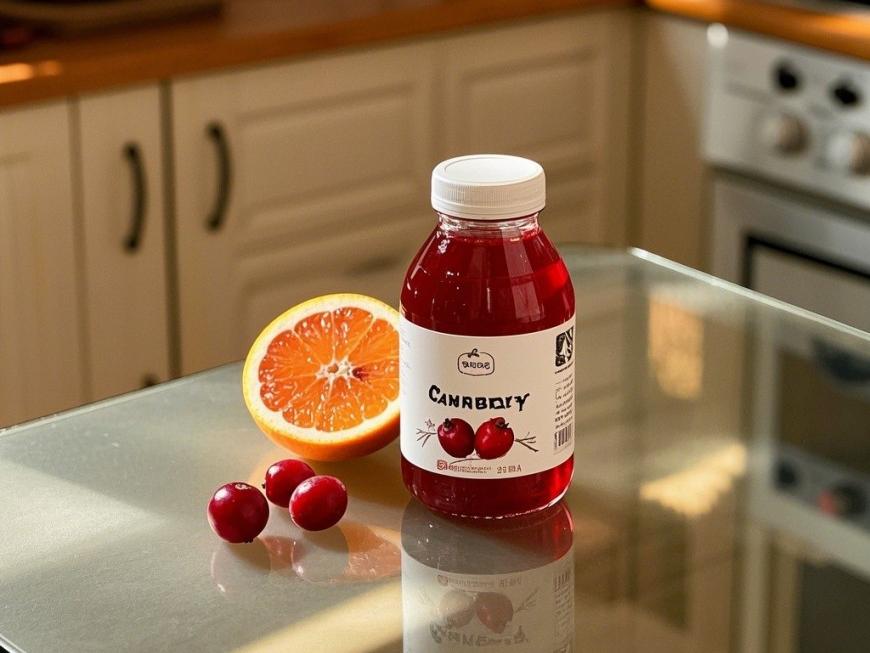
Flavonoids have two main absorption regions in the ultraviolet region. The first is in the range of 300 nm to 500 nm, which may be attributed to the presence of the B ring, the nature of the substrate, and the conjugation of the C ring. The second absorption region is in the range of 240 nm to 285 nm, which is due to the presence of the A ring. The addition of an electron-donating substituent to the aromatic ring, such as methyl, methoxy and combined hydroxyl groups, usually only has a minor effect on the position of the maximum absorption peak. The ultraviolet spectrum of flavonols has a first absorption region of 240 nm to 280 nm and a second absorption region of 300 nm to 380 nm [11].
However, most glycosides and acyl residues have weak chromophores and are difficult to distinguish using DAD. Therefore, a combination of single stage MS and UV-VIS is used to better identify phenolic substances in the sample.
2.3 Mass spectrometer detection
Mass spectrometers are often used to detect molecular weight and determine the distribution of substituents on the phenolic ring.
Atmospheric pressure electrospray ionization (APESI) and atmospheric pressure chemical ionization (APCI) are now almost the only ionization methods used in HPLC-MS. Anion-mode electrospray ionization is more sensitive for most phenols and polyphenols, but anthocyanins are better ionized in cation mode. Therefore, for most phenols and polyphenols, the molecular weight can be determined from the [M-H] ion, while the molecular weight of anthocyanins can be determined from the M+. The molecular ion peaks and characteristic fragment ion peaks of the main bioactive substances in cranberries and other mass spectrometry parameters are shown in Table 2.
3 Physiological functions of cranberry extracts
3.1 Prevention of urinary tract infections
The most unique and most researched effect of cranberries is the prevention of urinary tract infections. A urinary tract infection is an inflammatory response caused by a bacterial infection of the urinary system. Escherichia coli is the main cause of urinary tract infections, and 80% to 90% of urinary tract infections are caused by Escherichia coli. A large number of scientific studies have confirmed [14-15] that the proanthocyanidins contained in cranberries are very different from those in other plants such as apples and grapes. The proanthocyanidins in these plants all have flavan bonds of type B, while the proanthocyanidins in cranberries contain one or more flavan bonds of type A. This unique A-type structure can compete with the exogenous lectin on the cilia of bacteria, preventing the bacteria from binding to the cell receptors. It can inhibit the adhesion of Escherichia coli to the urinary tract wall, thereby maintaining urinary tract health.
Given the scarcity of plants rich in proanthocyanidins with a flavan-3-ol structure, the prevention of urinary tract infections can be said to be a unique, side-effect-free health benefit of cranberries. Animal experiments have confirmed the outstanding effect of cranberry extract in preventing urinary tract infections. The mechanism is to inhibit the adhesion of type I and P-type umbrella urinary tract pathogens (mainly Escherichia coli pathogens) to the urinary tract epithelium, thereby controlling their colonization and infection [16]. Another study reported that nitrite undergoes a disproportionation reaction under weakly acidic conditions to form nitrogen dioxide (NO2) and nitric oxide (NO), and the latter exhibits time- and dose-dependent bacteriostatic activity in vivo. Therefore, cranberries or their proanthocyanidin extracts can promote the conversion of acidic nitrite to NO, thereby exerting its effect of preventing urinary tract infections [17]. In addition, cranberry extract can inhibit inflammatory responses in the body by reducing the expression of cellular inflammatory factors such as cyclooxygenase-2 (COX-2), the transcription factor NF-κB, and tumor necrosis factor-α (TNF-α), or by controlling oxidative stress levels to enhance the body's immune responsiveness, thereby controlling the occurrence of urinary tract infectious diseases [18]. In summary, the main mechanism of cranberry preventing urinary tract infections is shown in Figure 2.
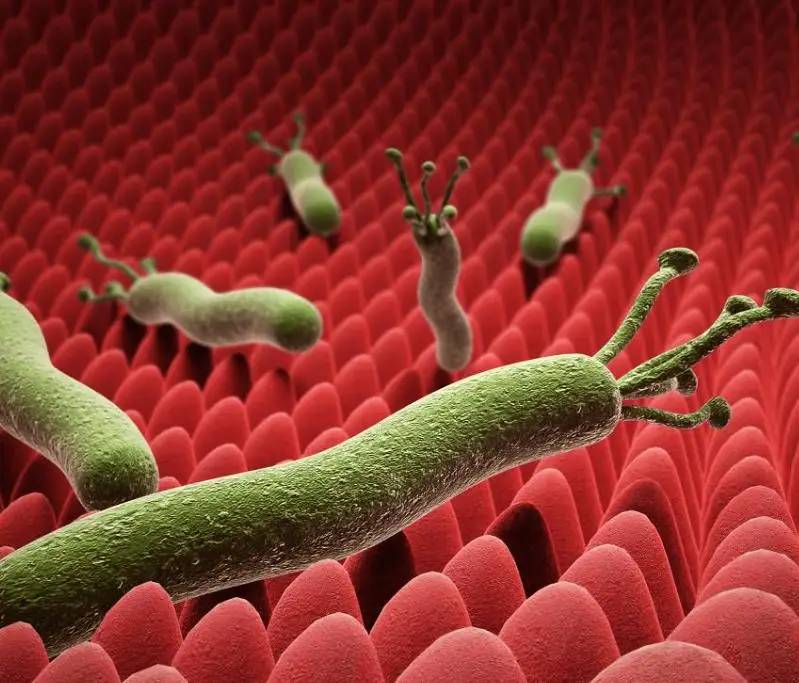
In recent years, many epidemiological studies have confirmed that cranberries can effectively reduce the incidence of urinary tract infections in the population, especially in women. Compared to men, women are more susceptible to urinary tract infections due to their unique physiological structure – a short urethra, a urethral opening close to the bladder, and poor living habits – holding urine, etc. Research shows that the incidence rate in women is about 50:1.
Therefore, cranberries are known as the “friend of women” because they can effectively prevent and control urinary tract infections [19]. In recent years, there have been reports of dietary intervention studies using cranberry extract capsules (1 g/d for 12 months) or cranberry concentrate mixtures (75 mL/d for 12 weeks), which found that cranberries can effectively prevent recurrence in women with a history of urinary tract infections and maintain urinary tract health [20]. A recent prospective observational study reported the preventive effect of a cranberry extract called Cysticlean on recurrent symptomatic postcoital urinary tract infections (PCUTI). Three months before starting Cysticlean treatment, the patients had (2.8± 1.3) episodes of PCUTI, which decreased to (0.2±0.5) after 6 months of treatment (P<0.000 1), an improvement of 93 %. It has the potential to replace classic antibiotics to prevent the recurrence of urinary tract infections [21].
3.2 Anti-Helicobacter pylori
Helicobacter pylori is a pathogenic bacterium that causes chronic gastritis and peptic ulcer disease. It is an important factor in the development of gastric cancer, gastric ulcers, duodenal ulcers and other diseases. Its infection rate in the population is as high as 50% or more. Since 1994, when the World Health Organization officially classified it as a Class 1 carcinogen, many people infected with H. pylori have strongly demanded eradication therapy. However, in the case of antibiotic treatment, Helicobacter pylori is still widespread and very difficult to eradicate. In addition, antibiotic treatment can lead to adverse reactions such as over-medication, dysbiosis and antibiotic resistance.
Early studies have shown that cranberry juice can clear Helicobacter pylori infection in the stomach of mice by up to 80%, thereby preventing gastritis and gastric ulcers [15]. Further studies have confirmed that the polyphenols in cranberries can change the bacterial morphology of Helicobacter pylori into a spherical shape, thereby inhibiting its growth and proliferation [22]. Therefore, the use of cranberries, a natural antibiotic, to treat Helicobacter pylori is bound to attract more and more attention and be used more and more in the future.
3.3 Antioxidant
The body constantly produces highly oxidizing free radicals during metabolic processes. If free radicals in the body cannot be removed in time, excessive free radicals will attack biological macromolecules such as proteins, fats and DNA, triggering a chain reaction of lipid peroxidation, destroying the integrity of cell membranes and causing a series of damage to the body. This is closely related to the occurrence of chronic diseases such as cancer, obesity and cardiovascular disease.
Studies have shown that cranberry aqueous extracts are rich in water-soluble proanthocyanidins, anthocyanins and polyphenols, and exhibit superior free radical scavenging and antioxidant capacity, with effects superior to cranberry organic phase extracts [23]. Vinson et al. [24] systematically studied the antioxidant levels in the body after the intake of cranberry juice, using fructose syrup as a control. The results showed that cranberry juice can significantly increase plasma antioxidant levels and effectively prevent oxidative stress damage caused by elevated postprandial triglyceride levels caused by fructose consumption. For patients with metabolic syndrome, drinking 2 cups of low-energy cranberry juice every day can significantly reduce lipid peroxidation levels in the body and increase the activity of plasma antioxidant indicators [25]. Villarreal et al. [26] also found that cranberries can improve the antioxidant capacity of plasma, protect red blood cells against hemolysis, and enhance cellular antioxidant activity.
3.4 Prevention of cardiovascular disease
Lipid peroxidation is a free radical-mediated chain reaction. Scientists have found [7] that cranberry extract contains a variety of antioxidants that can fight lipid peroxidation of unsaturated fatty acids in biofilms, protect the structure and function of biofilms, and play an important role in delaying aging and preventing various degenerative diseases such as cardiovascular disease.
Reed J et al. [27] found that the flavonoids in cranberry extract have antioxidant properties in both in vivo and in vitro experiments, and that flavonols and proanthocyanidins in particular have a preventive effect on atherosclerosis. These compounds can inhibit the oxidation of low-density lipoproteins as well as platelet aggregation and adhesion, inhibit enzymes in lipid and lipoprotein metabolism, increase reverse cholesterol transport, and lower total cholesterol and low-density lipoprotein cholesterol. Chua et al. [28] showed that cranberries can effectively prevent the oxidation of low-density lipoproteins and improve the liver's absorption of cholesterol. Its ability to inhibit lipid peroxidation is 10 times that of VC and 37 times that of VE.
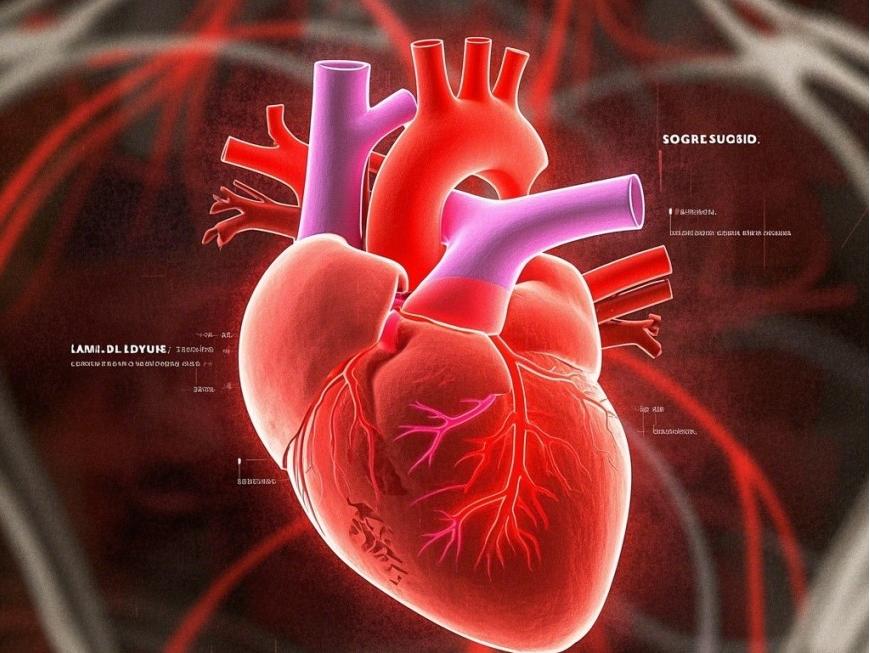
Nancy et al. [29] found that the lipid peroxidation in the bodies of volunteers taking cranberry juice was significantly improved, the antioxidant capacity in the blood plasma increased, and the levels of LDL and malondialdehyde in the blood plasma decreased significantly. This indicates that cranberries are beneficial for patients with metabolic syndrome and cardiovascular disease.
3.5 Antitumor
The antioxidant ingredients in cranberry extract can effectively remove free radicals and mutated cells in the human body, thereby having a good effect on preventing cancer and killing cancer cells.
Murphy et al. [30] reported that triterpenoid compounds in cranberry extract have the effect of inhibiting tumor cell growth, and identified and analyzed these compounds as containing cis- and trans-ursolic acid. The purified triterpene cinnamic acid showed high anti-tumor activity in the inhibition experiments of several tumor cell lines (breast cancer, cervical cancer, prostate cancer), while the cytotoxicity of anthocyanin-3-galactoside was much lower.
Ferguson et al. [31] extracted anthocyanins and other flavonoids from dried cranberries and fed them to mice implanted with breast cancer cells. After a period of feeding, the spread of cancer cells in the mice was limited and slowed down, and the tumors shrank. The extract had a toxic effect on cancer cells and significantly inhibited their growth.
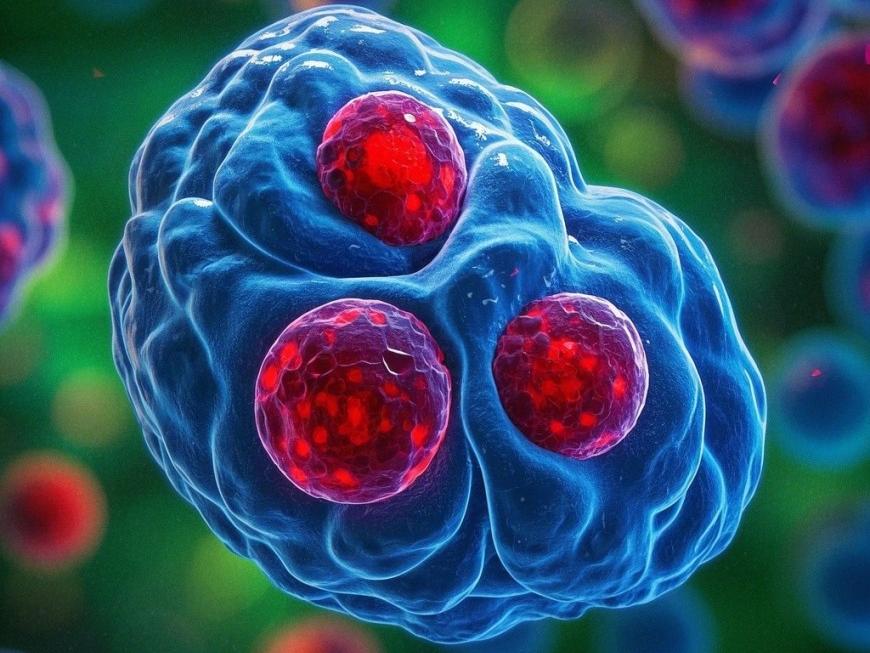
The results of Vu et al. [32] on the effect of cranberries on colon cancer showed that the active ingredients in cranberries that inhibit colon cancer are anthocyanins and phenolic acids, and that cranberry juice with a pH of 2.5 has a better anti-cancer effect than juice with a pH of 7.0.
3.6 Promotes oral health
Research has found [33] that substances isolated from cranberry juice can break down the flora in the mouth, prevent Streptococcus mutans from adhering to the tooth surface, inhibit its reproduction, and have the effect of preventing tooth decay. Clinical trials[34] have shown that when participants use mouthwash containing cranberry concentrate (a non-dialyzable polymer) and ordinary mouthwash, the total bacterial count in saliva and the number of mutans streptococci are significantly reduced, and the number of mutans streptococci in the mouth is reduced by two orders of magnitude.
3.7 Anti-aging
According to research by Cecilia Wang[35], cranberry consumption can extend the lifespan of fruit flies, with a particularly pronounced effect on female fruit flies, and can also increase fertility and exercise capacity. Sujay Guha et al.[36] found in their experiments with Caenorhabditis elegans that the C. elegans that started intervention with cranberry extract earlier had better stress resistance and a better anti-aging state than the C. elegans that started intervention later. They also found [37] that dietary intervention with cranberry significantly extends the lifespan of C. elegans. Their research shows that cranberry extends the lifespan of C. elegans through the daf-16 and osr-1 regulatory pathways.
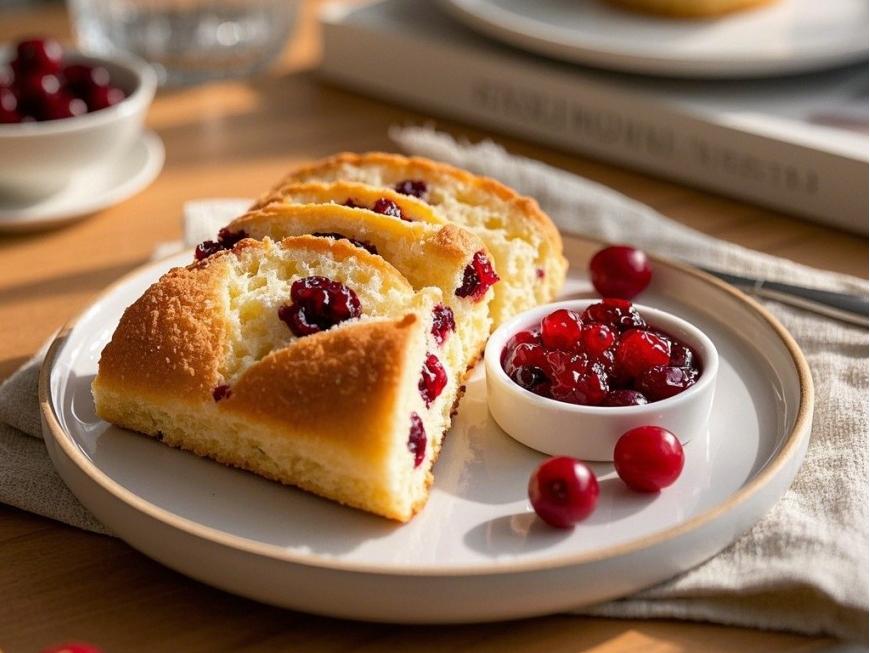
4 Conclusion
Cranberries are an ideal food supplement that combines excellent taste, rich nutrition and multiple physiological functions. Current research on the health benefits of cranberry extracts mainly focuses on the prevention and treatment of urinary tract infections. Research on other functions such as anti-oxidation, anti-tumor and anti-aging is still very limited. However, with the proof of cranberry's many health benefits, the detection and isolation of its active ingredients, and the development of cultivation techniques, it is believed that cranberries will become better known to more consumers, and cranberry products will certainly have broad market prospects.
References:
[1] Wan Xuedao. North American super-fine fruit tree - cranberry [J]. China Forestry, 2002 (16): 41
[2] Yao Lijun, Li Heyu, Li Xuwei, et al. Research progress on the nutrition and health care functions of cranberries [J]. Food Research and Development, 2013, 34 (8): 120-123
[3] Zou Z, Hu W, Jiang A, et al. Research progress on bioactive substances and functional properties of cranberries [J]. China Food Science and Technology, 2013(19):396-398
[4] Ou G. Development and research of cranberry yogurt [J]. China Dairy, 2010(10):54-56
[5] Yin Xiling, Duan Xueying, Xiao Ying. Nutrition and health benefits of cranberries [J]. China Food and Nutrition, 2003(7):42-43
[6] Guo Jia, Ding Qingbo. Overview of the nutritional and functional properties of cranberries [J]. Journal of Agricultural Products Processing, 2011(5):100-104
[7] Ruel G, Pomerleau S, Couture P, et al. Changes in plasma antioxi- dant capacity and oxidized low-density lipoprotein levels in men af- ter short-term cranberry juice consumption [J]. Metabolism, 2005, 54(7):856-861
[8] Kim EJ, Choi CH, Park JY, et al. Underlying mechanism of quercetin- induced cell death in human glioma cells[J]. Neurochem Res, 2008, 33:971-979
[9]Cδté J, Caillet S. Analyzing Cranberry Bioactive Compounds [J].
Critical Reviews in Food Science and Nutrition, 2010, 50(9): 872- 888
[10]Bloor S. Overview of methods for analysis and identification of flavonoids[J]. Method Enzymol,2001, 335: 3-57
[11]Neto C C, Krueger C G, Lamoureaux T L, et al. MALDI-TOF MS characterization of proanthocyanidins from cranberry fruit (Vac- cinium macrocarpon) that inhibit tumor cell growth and matrix met- alloproteinase expression in vitro[J]. J Sci Food Agr, 2006, 86:18-25
[12]Reed J D, Krueger C G, Vestling M M. MALDI-TOF mass spec - trometry of oligomeric food polyphenols[J] . Phytochemistry, 2005, 66: 2248-2263
[13]Gu L, Kelm, M A, et al. Screening of foods containing proantho- cyanidins and their structural characterization using LC -MS/MS and thiolytic degradation[J]. J Agr Food Chem, 2003, 51: 7513-7521
[14]Foo L Y,Lu Y, Howell A B, et al. The structure of cranberry proan- thocyanidins which inhibit adherence of uropathogenic P-fimbriat- ed Escherichia coli in vitro[J]. Phytochemistry, 2000, 54(2): 173 - 181
[15] Shi Tong, Xiao Shudong. Experimental study on the prevention and treatment of Helicobacter pylori infection by cranberry juice in a mouse model [J]. Gastroenterology, 2003, 8(5): 265-268
[16]Guay D R P. Cranberry and urinary tract infections[J]. Drugs, 2009, 69(7): 775-807
[17]Raz R, Chazan B, Dan M. Cranberry juice and urinary tract infection [J]. Clinical Infectious Diseases, 2004, 38(10): 1413-1419
[18]Vasileiou I, Katsargyris A, Theocharis S, et al. Current clinical sta- tus on the preventive effects of cranberry consumption against uri- nary tract infections[J]. Nutrition Research, 2013, 33(8): 595-607
[19] Yin Xiling, Duan Xueying, Xiao Ying. Natural food for preventing urinary tract infections – cranberries [J]. Chinese Food and Nutrition, 2004(2): 49
[20]Beerepoot M A, ter Riet G, Nys S, et al. Cranberries vs antibiotics to prevent urinary tract infections: a randomized double-blind noninfe- riority trial in premenopausal women[J]. Archives of Internal Medicine, 2011, 171(14): 1270-1278
[21]Ballester F S, Vidal V R, Alcina E L, et al. Cysticlean R a highly pac standardized content in the prevention of recurrent urinary tract in- fections: an observational, prospective cohort study[J]. BMC Urolo - gy, 2013, 13: 28
[22]Matsushima M, Suzuki T, Masui A, et al. Growth inhibitory action of cranberry on Helicobacter pylori[J]. Journal of Gastroenterology and Hepatology, 2008, 23(S2): 175-180
[23]Caillet S, Cδté J, Doyon G, et al. Antioxidant and antiradical proper- ties of cranberry juice and extracts[J]. Food Research International, 2011, 44(5): 1408-1413
[24]Vinson J A, Bose P, Proch J, et al. Cranberries and cranberry prod- ucts: powerful in vitro, ex vivo, and in vivo sources of antioxidants [J]. Journal of Agricultural and Food Chemistry, 2008, 56 (14): 5884-5891
[25]Basu A, Betts N M, Ortiz J, et al. Low -energy cranberry juice de- creases lipid oxidation and increases plasma antioxidant capacity in women with metabolic syndrome[J]. Nutrition Research, 2011, 31(3):190-196
[26]Villarreal A, Stoecker B J, Garcia C, et al. Cranberry juice improved antioxidant status without affecting bone quality in orchidectomized male rats[J]. Phytomedicine, 2007, 14(12):815-820
[27]Reed J. Cranberry flavonoids, atherosclerosis and cardiova -scular health[J]. Crit Rev Food Sci Nutr, 2002, 42(3): 30l-316
[28]Chua Y F, Liu R H. Cranberries inhibit LDL oxidation and induce LDL receptor expression in hepatocytes[J]. Life Sciences, 2005, 77: 1892-1901
[29]Arpita Basu, Nancy M Betts, Jennifer Ortiz, et al. Low-calorie cran- berry juice decreases lipid oxidation and increases plasma antioxi dant capacity in Women with Metabolic Syndrome[J]. Nutr Res, 2011, 31(3):190-196
[30]Murphy B T. Identification of Triterpene Hydroxycinnamates with in Vitro Antitumor Activity from Whole Cranberry Fruit [J]. J. Agric. Food Chem, 2003, 51(12): 3541-3545
[31]Ferguson P J, Kurowska E, Freeman D J, et al. A flavonoid fraction from cranberry extract inhibits proliferation of human tumor cell lines[J]. Nutr, 2004, 134(6): 29-35
[32]Vu K D, Carlettin H, Bouvet J, et al. Effect of different cranberry ex- tracts and juices during cranberry juice processing on the antiprolif- erative activity against two colon cancer cell lines[J]. Food Chem - istry, 2012, 132: 959-967
[33]Koo H, Nino de Guzman P, Schobel B D, et al. Influence of cranber- ry juice on glucan -mediated processes involved in Streptococcus mutans biofilm development[J]. Caries Res, 2006, 40(1):20-27
[34]Weiss E I, Lev-Dor R, Sharon N, et al. Inhibitory effect of high - molecular -weight constituent of cranberry on adhesion of oral bac- teria[J]. Food Science & Nutrition, 2002,(42): 285-292
[35]Cecilia Wang, Jason Yolitz, Thomas Alberico, et al. Cranberry In - teracts With Dietary Macronutrients to Promote Healthy Aging in Drosophila[J]. J Gerontol A Biol Sci Med Sci, 2014, 69(8): 945-954
[36]Sujay Guha, Ojas Natarajan, Cole G. Murbach, et al. Supplement Timing of Cranberry Extract Plays a Key Role in Promoting Caenorhabditis elegans Healthspan[J]. Nutrients, 2014, 6: 911-921
[37]Sujay Guha, Min Cao , Ryan M, et al.The longevity effect of cranber - ry extract in Caenorhabditis elegans is modulated by daf-16 and osr-1[J]. AGE, 2013, 35(5): 1559-1574


 English
English French
French Spanish
Spanish Russian
Russian Korean
Korean Japanese
Japanese